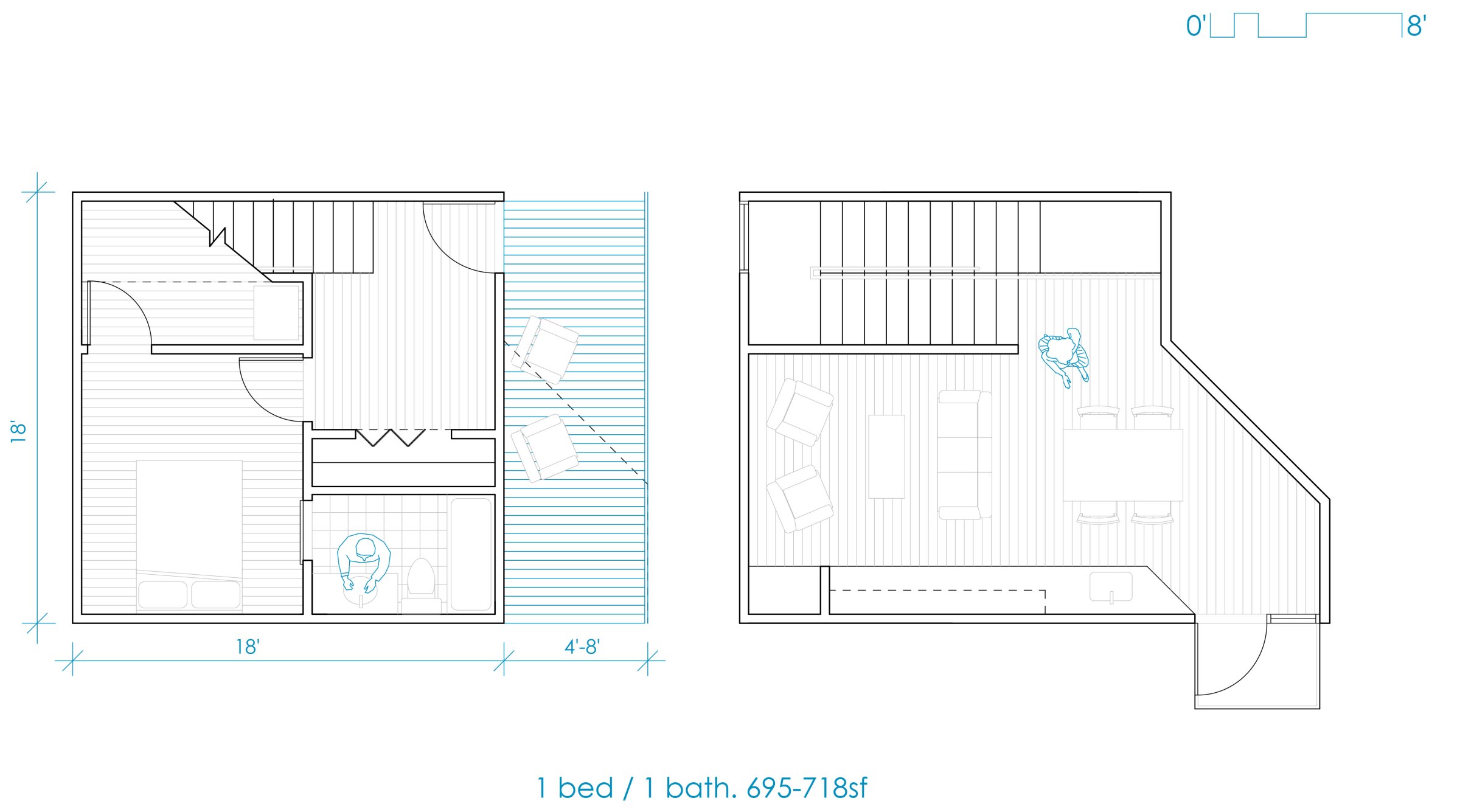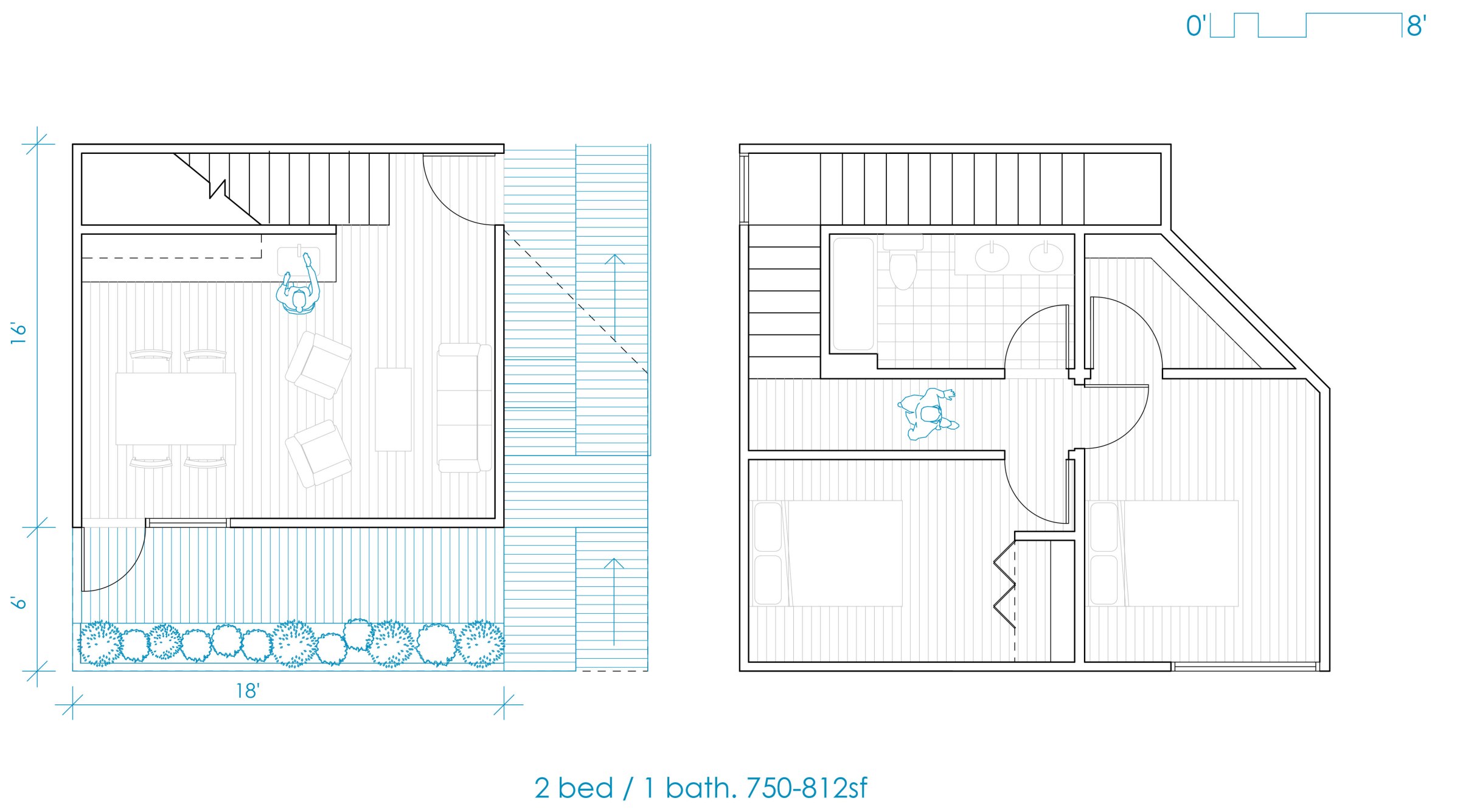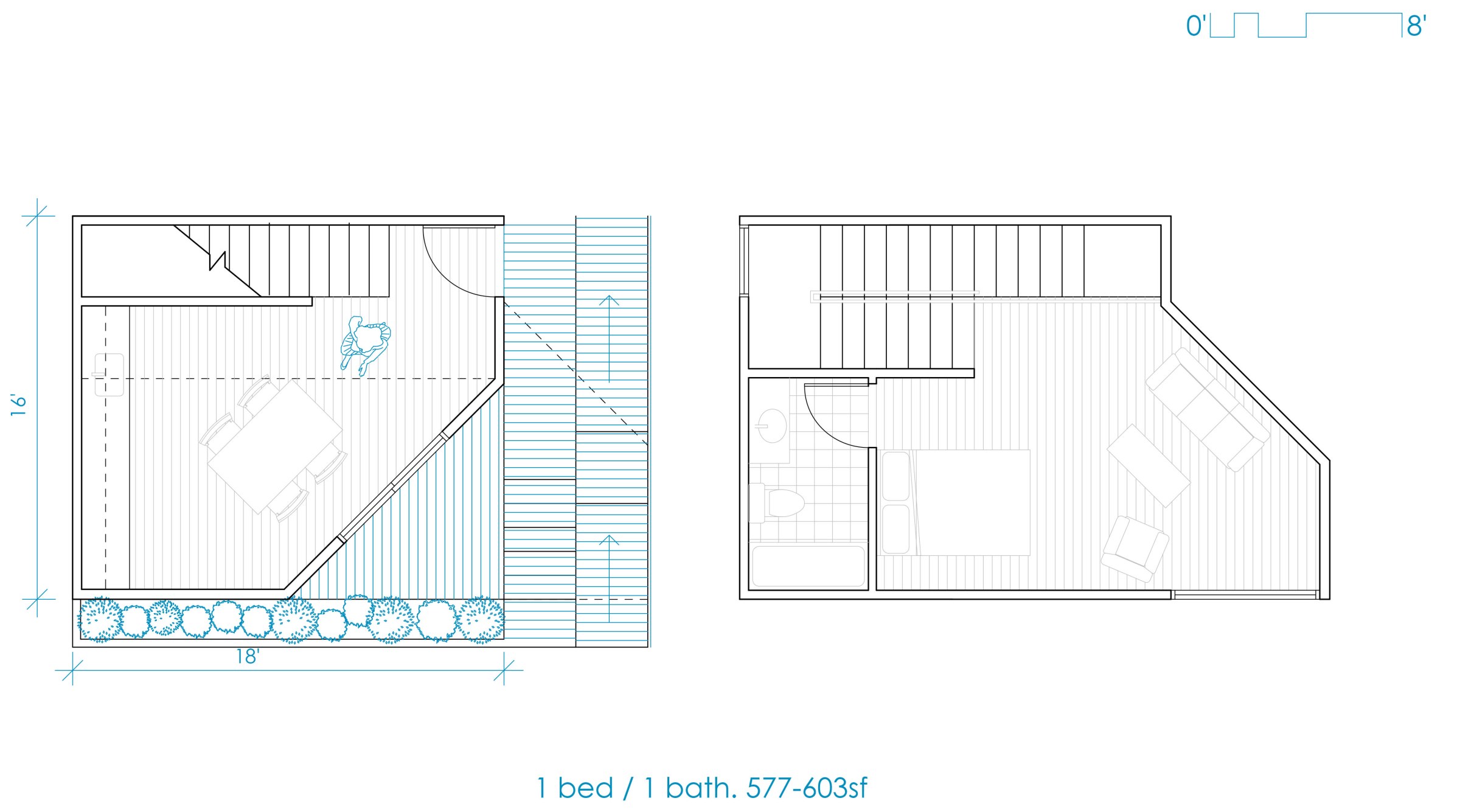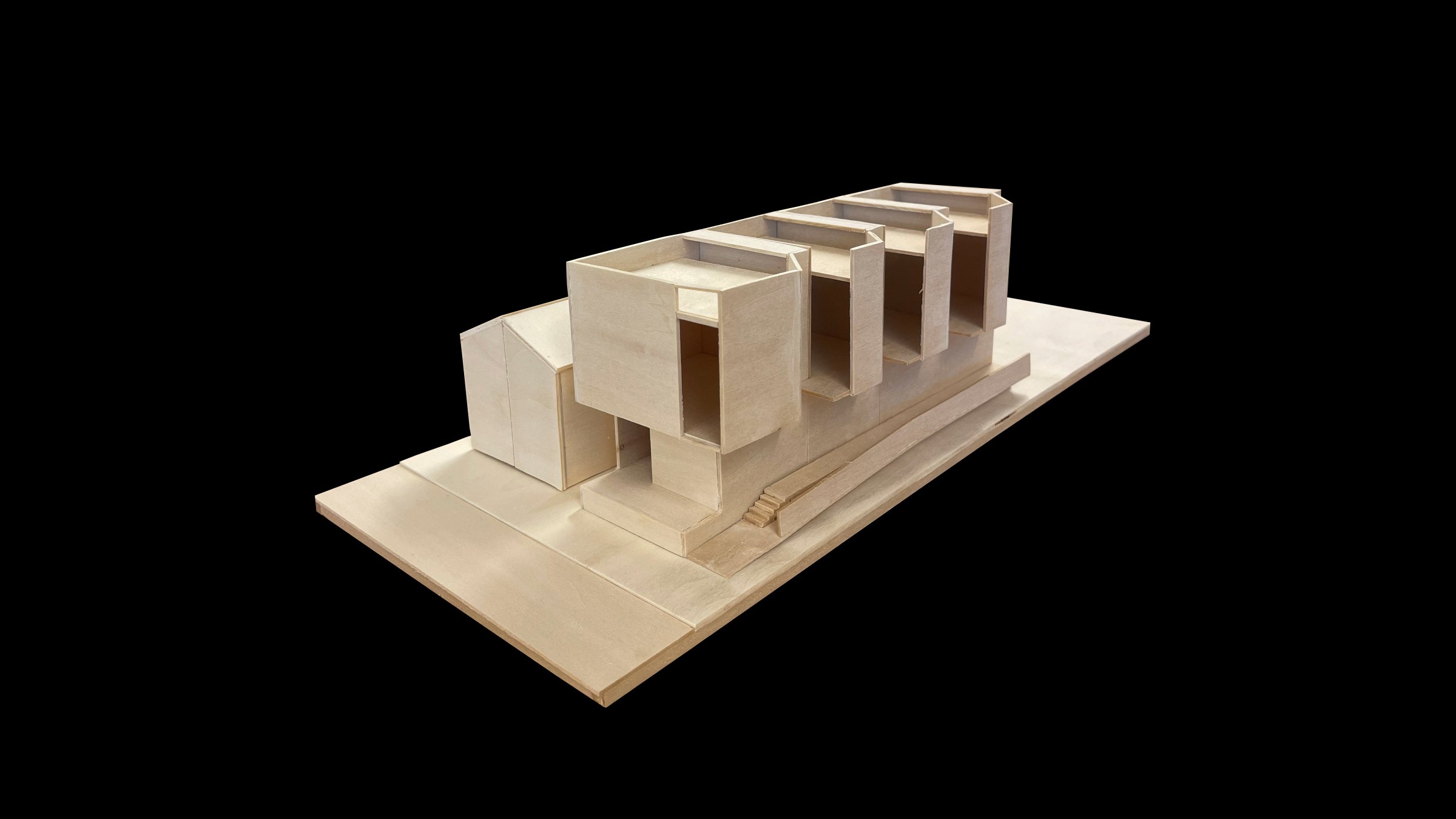Thesis Highlights
“Small, Multifamily, Affordable”
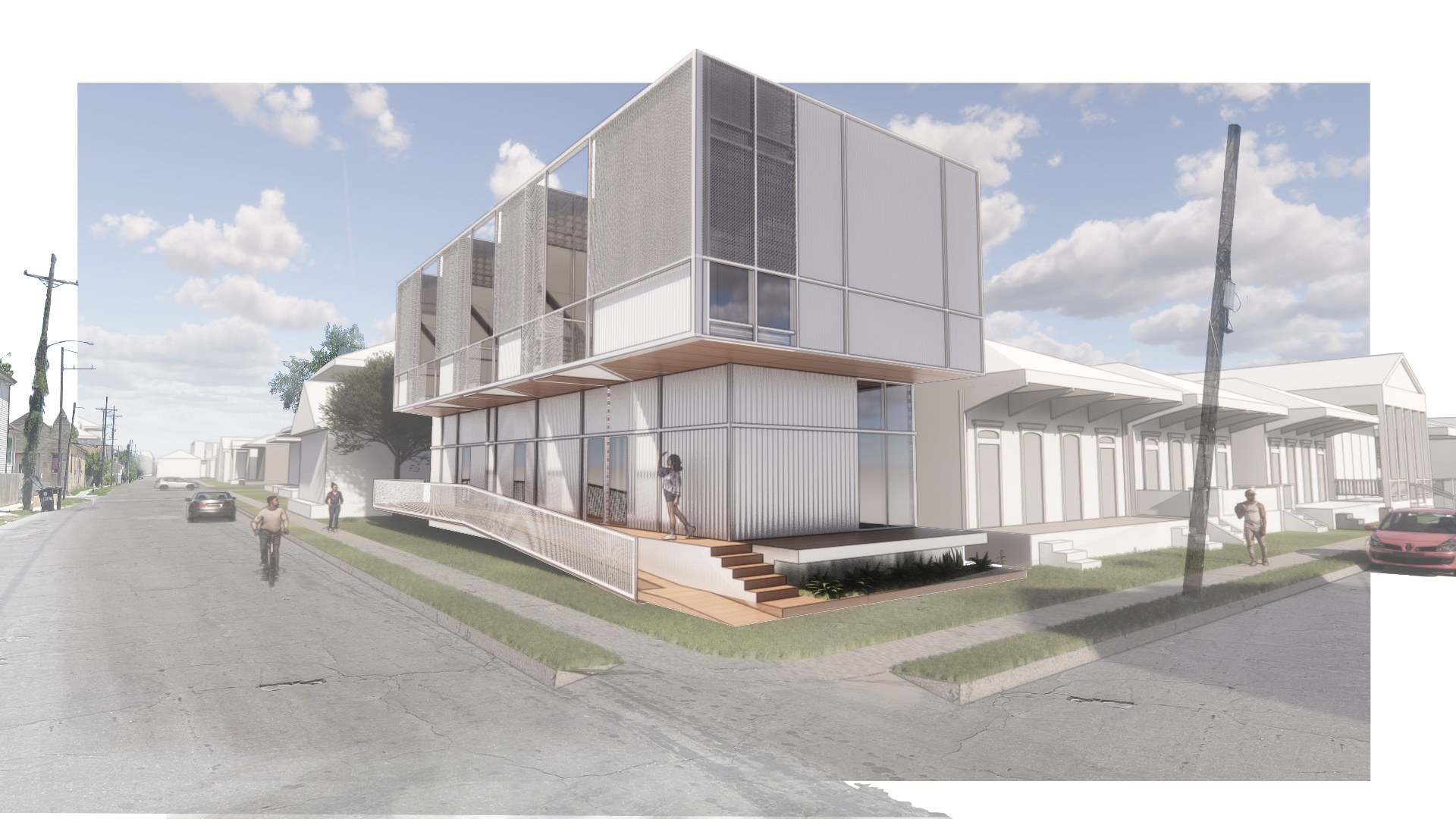
Daniel Tighe, 2023
“Small, Multifamily, Affordable: Design and development of affordable fourplexes in New Orleans”
New Orleans needs affordable housing, recent estimates from local advocacy group Housing Nola estimate the need to be somewhere north of 40,000 new affordable units. Meeting this need will be a massive undertaking and will require strategic partnerships between many different organizations. From government agencies to developers to neighborhood groups to everybody in between the city will have to think creatively and strategically if it wants to be an affordable city. One potentially huge and under-utilized player in the affordable housing market is faith-based organizations and mission-driven non-profits, while faith-based organizations, such as churches, mosques, and synagogues have not traditionally been major providers of affordable housing, they may be uniquely situated to create hundreds, if not thousands, of affordable housing units throughout the city.
These kinds of institutions often have an advantage over traditional affordable housing developers in that they are deeply integrated into their community and often have a high degree of trust and good rapport with their neighborhood. They are also more aware of the unique context and needs of the area, making them well-suited to provide housing that is targeted to the specific needs of the community. The biggest advantage these organizations have, however, is that, in many cases, they already own land suitable for affordable housing development. In a study of Central City New Orleans, mission-driven non-profits were found to own a total of 214 vacant lots, 111 of which were owned by churches. Due to a recent change to the city’s Comprehensive Zoning Ordinance (CZO) these lots are now allowed to hold up to four units if at least one of them is rented at an affordable rate to someone making 80% of the Area’s Median Income.
Despite the great advantages faith-based and mission-driven non-profits have when it comes to the production of affordable housing units, they still account for a very small amount of the total number of affordable housing units in the city. This is because even though the missional nature of these institutions means their goals are often aligned with that of affordable housing development, they do not have the expertise, or capital, to pull off a complicated housing project.
What if they did? What if the city, or some other agency, created a subsidy for these institutions to build affordable housing on the vacant land they already own? This would create a huge opportunity and a challenge for architects to design new, four-unit, affordable housing complexes throughout the city. Designing housing that is simultaneously affordable, sustainable, and dignified is no easy task, and neither is fitting four units onto the small, narrow lots of New Orleans’s historic neighborhoods, but this is the challenge of this thesis project. The goal is to create a compelling vision for how small-scale, scatter-site affordable housing projects can be built throughout the city creating equitable neighborhoods for all.
Faculty Thesis Director: Byron Mouton
WORK

